Time and effort

Print on demand (POD)
POD is renowned for its efficiency and convenience. Printing, packaging, and shipping are all time-consuming parts of production that can be avoided by using POD. Instead, you can concentrate your efforts on product design and marketing. POD services handle the rest, enabling you to focus on establishing your business and expanding your reach.
Do it yourself (DIY)
This kind of DIY necessitates a significant amount of time and work. You’ll be in charge of everything from procuring materials and manufacturing products to packaging and contacting carriers. While this hands-on approach can be satisfying, it can also become overwhelming as orders mount.
Cost

Print on demand (POD)
With POD, you won’t need to invest in equipment or manage inventory. Your expenses are directly linked to the actual production of each item, substantially lowering initial costs. Furthermore, concerns about storing and shipping your products are eliminated, further alleviating your financial burden.
Do it yourself (DIY)
The upfront expenses for the DIY approach may be higher. You’ll have to purchase equipment, materials, and maintain product inventory. Additionally, storage and transportation costs will escalate rapidly. Typically, POD companies partner with specific carriers, and reaching out to carriers independently, without an order, won’t receive any transportation fee discounts.
While DIY might become cost-effective over time if your business experiences significant growth, can you ensure profitability? Most individuals would likely avoid taking this risk.
Product diversity
Print on Demand (POD)
The POD company provides a broad array of products, ranging from T-shirts and shoes to bags and jewelry. You can readily experiment with various product types, sizes, and designs, all without the constraints of managing inventory. This diversity enables you to explore various niches and cater to diverse customer preferences.
As your business grows, expanding your product range with POD is straightforward, without encountering significant production, logistics, or inventory issues. If a specific product doesn’t perform well, you can simply remove it from your offerings without incurring losses.
Do It Yourself (DIY)
With DIY, your product variety may be initially limited due to budget and resource constraints. Expanding your product line can be challenging because it necessitates investing in new materials and equipment, which may not be feasible for every entrepreneur.
Quality
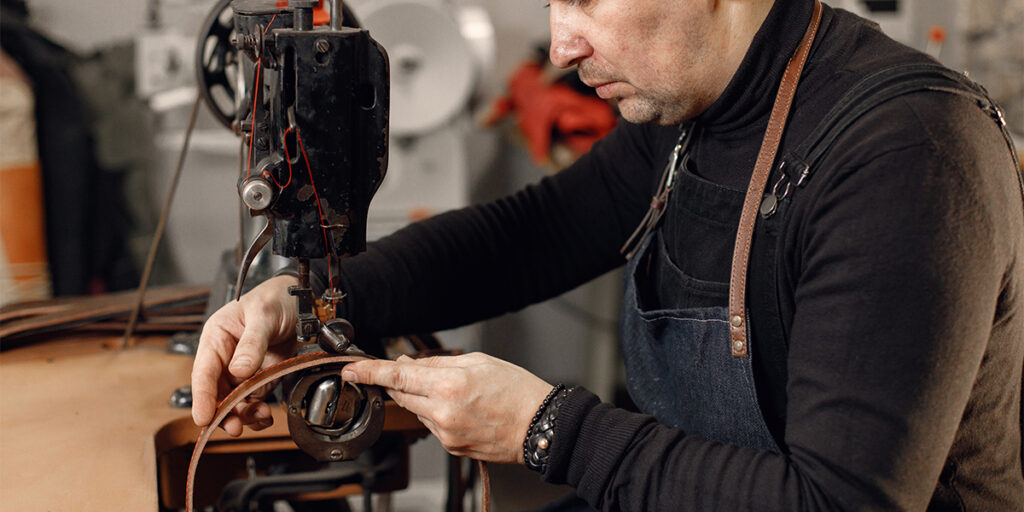
Print on demand (POD)
When it comes to POD services, the quality of the product is reliant on the POD provider, and to assess the quality, it’s advisable to order a sample.Requesting a sample from JetPrint qualifies you for an 8% discount on your order.
If you ever need to modify an order with a print-on-demand company and the product has already been manufactured, you may often be required to pay a fee for requesting a reprint.
Do it yourself (DIY)
The quality of your DIY products depends on your skills and attention to detail.While you have full control over the production process, achieving consistent quality requires dedicating time to refine your craft.
If your completed product falls short of expectations, you can choose to reprint it.
Design template
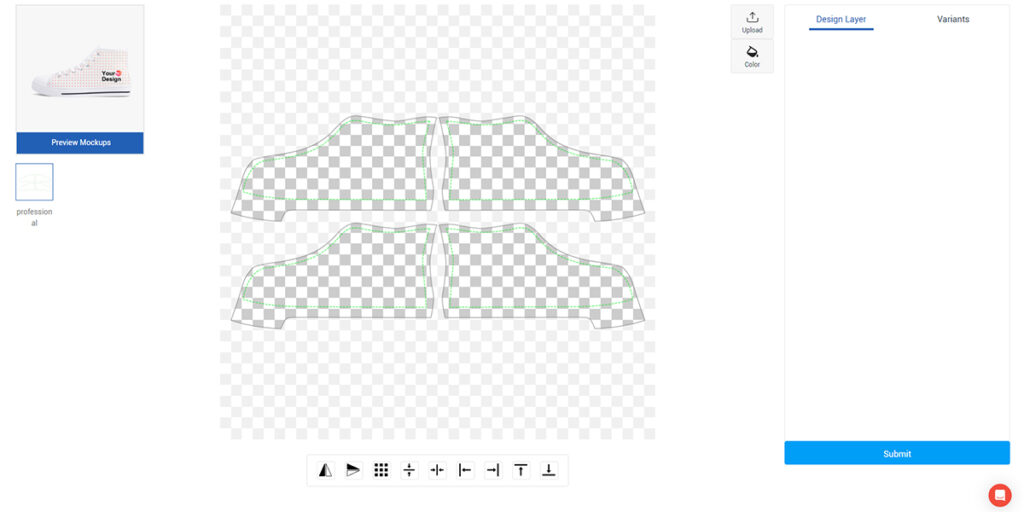
Print on demand (POD)
Print on demand services often offer a range of design templates that simplify the product creation process, with each product having a predetermined template. You only need to insert your designs into these templates to create a product. Some companies also provide design templates in PSD format, allowing you to complete your design using Photoshop.
Do it yourself (DIY)
When you opt for the DIY method, you’ll need to create your own design template. You might wonder why this is necessary.
These design templates pertain to the product’s design area and the positioning of the printing device, ultimately saving you time when designing similar products.However, it’s worth noting that this approach may require a steeper learning curve and potentially necessitate additional software or equipment.
Uniqueness
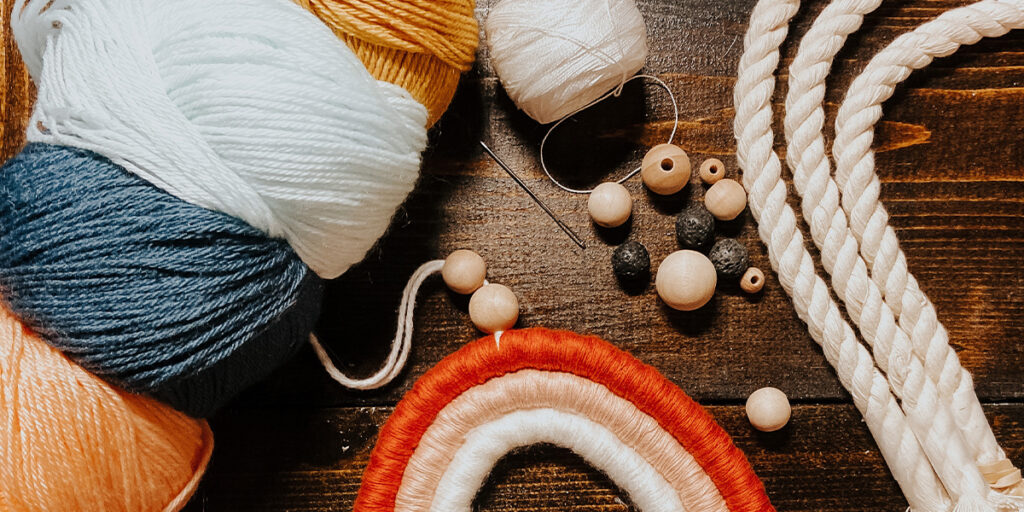
Print on demand (POD)
It’s not possible to achieve absolute uniqueness with a print-on-demand service. These services typically cater to a wide range of consumers, resulting in the use of the same products by many individuals, albeit with different designs. If your goal is to establish your brand, you can opt to personalize your product packaging by including custom greeting cards and customizing the packaging itself.
Do it yourself (DIY)
If your primary aim is to offer distinct, handmade items, then pursuing a DIY approach aligns with your objectives. For instance, personalized bracelets or necklaces and some handmade plush dolls are highly popular on platforms like Etsy, which print-on-demand services cannot replicate.
Conclusion
Ultimately, your choice between print on demand and the do-it-yourself approach depends on your specific business goals, budget, and personal preferences. Print on demand offers convenience, cost-effectiveness, and a wide range of products, making it an excellent choice for beginners. On the other hand, the DIY route allows for complete control over production quality and design but requires a significant investment of time, effort, and finances.Before making a decision, consider your priorities, assess your available resources, and carefully weigh the pros and cons of each approach. Keep in mind that the path you select can have a significant impact on your business’s growth and success.In the end, regardless of whether you opt for print on demand or choose to do it yourself, what matters most is your dedication, creativity, and commitment to delivering an exceptional product to your customers.
FAQ
How can I find a reliable POD provider?
Doing thorough research and seeking recommendations is crucial. Some popular POD platforms to consider include JetPrint, Printify, and Teelaunch.
Is it possible to combine print on demand and DIY to start a business?
Absolutely! Many entrepreneurs opt for a hybrid approach, utilizing POD for certain products and DIY for others, allowing them to cater to a broader customer base.
Is print on demand suitable for small businesses?
Yes, POD is an excellent option for small businesses aiming to minimize risk and initiate sales of custom products without a significant upfront investment.
What equipment do I need to start a DIY business?
The equipment you’ll need depends on the specific DIY niche you choose. Common tools include sewing machines, heat presses, and embroidery machines.
Can I switch from one method to another if my situation changes?
Yes, you can transition from POD to DIY or vice versa as your business evolves. Flexibility is one of the advantages of both approaches.
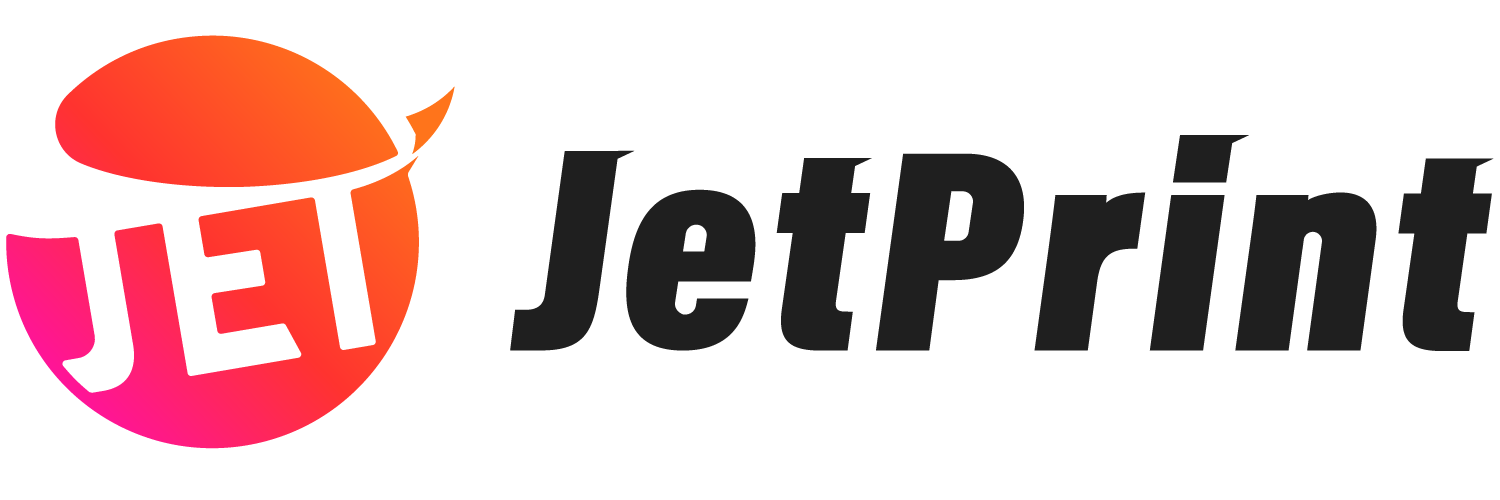
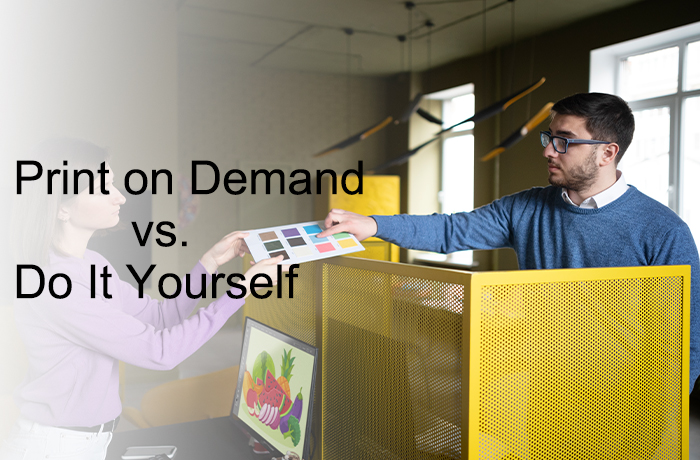
0 Comments